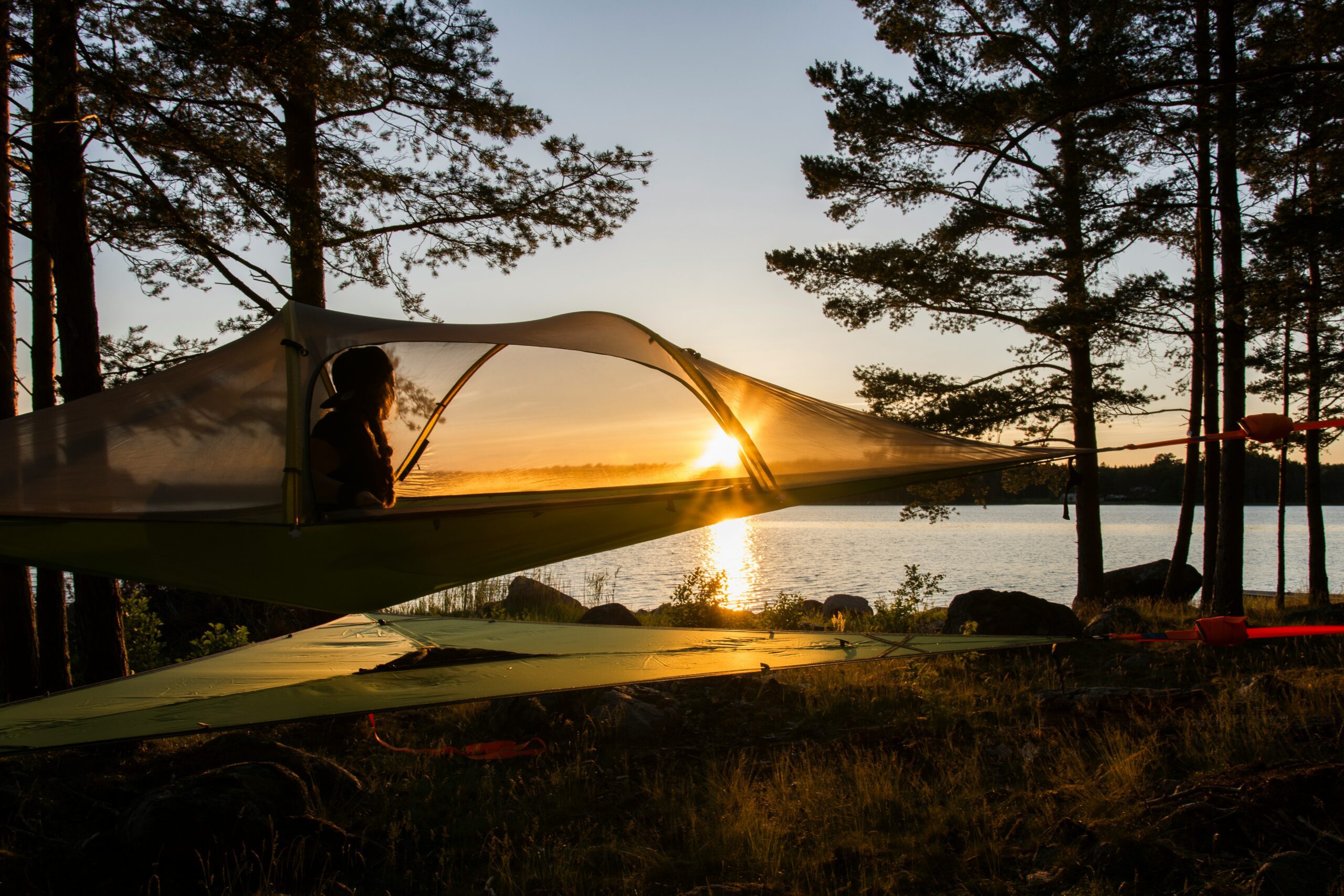

Introduction to the concept of nature therapy
Imagine stepping outside and feeling the gentle kiss of a breeze on your skin, the vibrant colors of nature surrounding you. This is not just a moment to appreciate; it’s an invitation to embrace something profound. Nature therapy, or ecotherapy, taps into our innate connection with the natural world. It’s about more than just a pretty landscape – it’s about healing and rejuvenation.
In today’s fast-paced life, we often forget to pause and breathe in all that Mother Earth offers us. Whether it’s lush forests, tranquil lakes, or simply a quiet park bench under a shady tree, these spaces hold incredible power for our physical and mental well-being. Ready to discover how immersing yourself in nature can transform your life? Let’s dive into this wild journey together!
The physical and mental health benefits of connecting with nature
Nature has a remarkable ability to rejuvenate both body and mind. Studies show that spending time outdoors can lower stress levels significantly. Imagine walking through a forest, the gentle rustle of leaves calming your thoughts.
Physical health benefits are equally impressive. Regular exposure to green spaces has been linked to reduced blood pressure and improved immune function. Fresh air invigorates the lungs, making it easier to breathe deeply.
Mental well-being flourishes in natural settings too. Nature promotes mindfulness, offering a break from our fast-paced lives. The sights and sounds of wildlife engage our senses, helping us feel present in the moment.
Moreover, connecting with nature fosters creativity and boosts mood. A simple hike or picnic can spark inspiration and happiness that lingers long after you return home. Embracing these experiences enriches our lives profoundly.
Tips for incorporating more nature into daily life
Start your day with a morning walk. Even a few minutes outside can set a positive tone.
If you work from home, create an inviting workspace near a window or some greenery. Being able to see plants or trees can boost your mood and focus.
Consider taking lunch breaks outdoors when possible. Fresh air and natural light nourish both body and mind.
Incorporate nature into hobbies, like gardening or birdwatching. These activities encourage mindfulness while connecting you to the environment.
If space allows, bring plants indoors. They purify the air and add life to your surroundings.
Plan regular weekend outings in parks or forests. A simple picnic among trees can refresh your spirit and inspire creativity.
How to overcome barriers and challenges in accessing nature
Accessing nature can be challenging, especially in urban areas or for those with mobility issues. But there’s always a way to bridge that gap.
Start by exploring local parks or community gardens. Many cities have green spaces that offer a slice of nature close to home. Even small patches of grass can provide relief from the concrete jungle.
If travel is an issue, consider virtual experiences. Nature documentaries and live streams from national parks can bring the outdoors into your living room.
For those with mobility challenges, look for accessible trails and facilities designed for everyone. Local organizations often work to improve access and create inclusive environments.
Engage your community! Form groups focused on outdoor activities like walking clubs or nature clean-ups. Together, you can advocate for better access while enjoying the healing power of nature side by side.
The importance of preserving natural spaces for our well-being
Natural spaces are vital havens that nurture our physical and mental health. They offer a sanctuary away from the chaos of urban life. Trees, rivers, and open skies create an atmosphere where we can breathe freely.
When we preserve these areas, we protect biodiversity as well. The intricate web of life thrives in untouched ecosystems. Each organism plays its role, contributing to balanced environments that support our existence.
Access to nature fosters community connections too. Parks and greenways become gathering spots for families and friends. These social interactions enhance our emotional well-being.
Moreover, natural landscapes inspire creativity and rejuvenation. Artists find muse in majestic mountains or serene lakes. Simply gazing at a sunset can evoke profound feelings of peace.
Safeguarding these precious spaces is essential not only for ourselves but also for generations to come. Our relationship with nature is symbiotic; when it flourishes, so do we.
Conclusion: Embracing the wild for a happier, healthier life
Embracing the wild is more than just an escape; it’s a pathway to improved well-being. Nature therapy offers profound benefits for both physical and mental health. The simple act of stepping outside can rejuvenate our spirits and restore balance in our lives.
By regularly incorporating nature into our daily routines, we create spaces for reflection, calmness, and joy. Whether it’s a walk in the park or tending to a garden, these moments allow us to reconnect with ourselves and the world around us.
While barriers may exist—time constraints or limited access—finding ways around them is essential. Local parks, community gardens, or even indoor plants can bridge that gap. Every little effort counts toward nurturing this connection.
Preserving natural spaces is vital not only for wildlife but also for future generations seeking solace and healing from nature’s embrace. By advocating for environmental stewardship, we ensure that everyone has access to these restorative resources.
Choosing to embrace the wild enhances our happiness and promotes healthier living. Let’s take those steps into nature together—it might just be the change we’ve been searching for.
